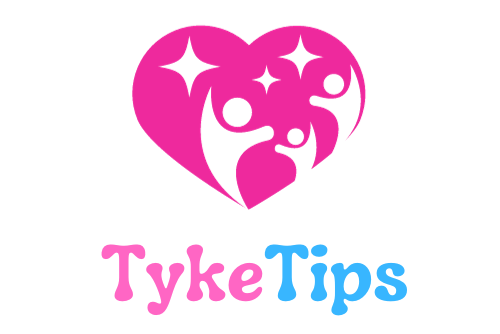When it comes to choosing the best highchair for your baby, there are six key questions you need to ask yourself. These questions include considering if the highchair has an adjustable footrest, the ability to accommodate your baby’s growth, ease of cleaning, dining table/tray compatibility, a harness for safety, and affordability. These factors are crucial in ensuring that your baby is comfortable, safe, and secure during meal times.
As a pediatric occupational therapist, I have seen the importance of choosing the right highchair to avoid picky eating habits and stressful mealtimes. By asking these six key questions, you can make an informed decision on which highchair will best suit your baby’s needs and your family’s lifestyle. Remember to consider these factors before making a purchase to provide your baby with a positive and enjoyable eating experience.
Key Considerations
When choosing a highchair for your baby, there are six key questions you need to ask to ensure you make the best choice for your little one and your family.
Adjustable Footrest
Firstly, consider whether the highchair has an adjustable footrest. At six months of age, babies may not have the postural stability to sit for long periods without adequate support. A footrest helps them sit comfortably and promotes good posture, which is crucial for meal times and overall development. Look for high chairs with footrests that can be adjusted as your baby grows to ensure they are always supported properly.
Ability to Accommodate Growth
Another important factor to consider is the highchair’s ability to accommodate your baby’s growth. Check the weight capacity of the chair to ensure it will last as your baby transitions from infancy to toddlerhood. Adjustable seat heights and footrests are also essential features that will allow you to adapt the chair as your child grows, ensuring they always have the right seating position for meal times.
Ease of Cleaning
Meal times with a baby can be messy, so it’s crucial to choose a highchair that is easy to clean. Opt for chairs made of plastic or wood that can be wiped down quickly without crevices that trap food. Avoid high chairs with fabric covers that can be difficult to clean thoroughly, as maintaining cleanliness is essential for your baby’s health and your peace of mind.
Dining Table/Tray Compatibility
Consider whether the highchair allows your baby to sit at the dining table with the rest of the family. This promotes social interaction and helps your child learn proper eating habits by observing others. Look for high chairs that can be adjusted to fit the height of your dining table or that come with removable trays for added convenience.
Harness for Safety
Safety should always be a top priority when choosing a highchair. Ensure that the chair comes with a harness to prevent your baby from climbing out or toppling over. A five-point harness is the safest option, but a three-point harness may be more user-friendly. Investing in a highchair with a reliable harness is essential to keep your baby secure during meal times.
Affordability
Finally, consider the cost of the highchair and ensure it fits within your budget. While there are high-end options available, there are also affordable chairs that offer the necessary features for your baby’s comfort and safety. Make sure to balance cost with quality to find a highchair that meets your needs without breaking the bank.
Features to Avoid
When choosing a highchair, there are certain features that may not be necessary and could add unnecessary complications.
Reclining Feature
Avoid high chairs with a reclining feature, as babies should be seated upright or slightly reclined when eating to promote safe swallowing and digestion. Reclining seats may not provide the appropriate support needed for meal times, so opt for chairs that keep your baby in a proper seated position.
Wheels
High chairs with wheels may not be necessary, as they are often stationary once set up in your home. Moving a high chair from room to room is not common, so consider whether the added feature of wheels is essential for your needs.
Portability
Similarly, portable high chairs may not be needed if you primarily use the chair at home. If you require a high chair for travel or outings, consider alternative solutions like using restaurant high chairs or strollers for on-the-go seating.

Additional Features
While some features may not be necessary, there are additional features you may want to consider when choosing a highchair for your baby.
Convertibility
Some high chairs offer the option to convert into a toddler chair or even an adult chair, providing long-term value and versatility. If you plan to use the highchair for years to come, a convertible option may be worth investing in.
Adjustable Tray Positions
High chairs with adjustable tray positions allow you to customize the seating arrangement to suit your baby’s needs. This flexibility can be useful as your child grows and develops, ensuring they are always comfortable during meal times.
Footrest Padding
Footrest padding can provide extra comfort for your baby during meal times and support their legs as they grow. Look for high chairs with padded footrests for added cushioning and support.
Further Resources
For more in-depth information on choosing the best highchair for your baby and tips on parenting, be sure to check out the free PDF document in the description box. It provides detailed guidance on developmental milestones and more, offering invaluable insights for new parents.
Stay tuned for future content that will feature additional parenting tips and tricks to help you navigate the journey of raising a happy and healthy baby. Subscribe to our channel for updates and expert advice on all things parenting. Remember, choosing the right highchair is just one step in ensuring your baby’s well-being and safety, so make an informed decision that suits your family’s needs.

